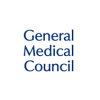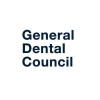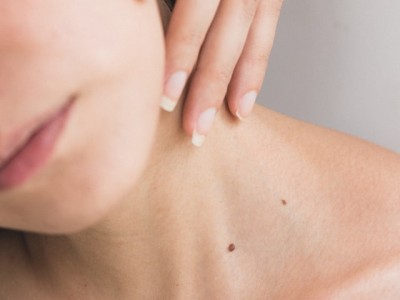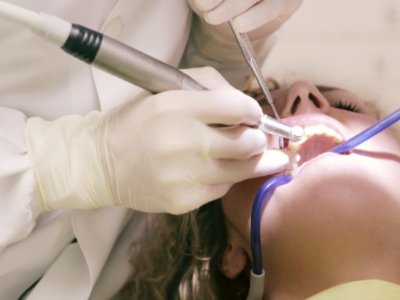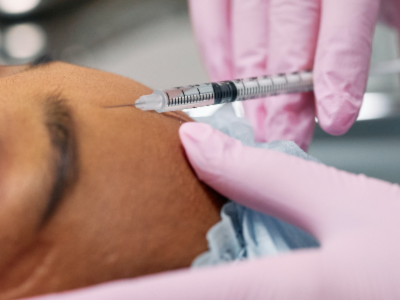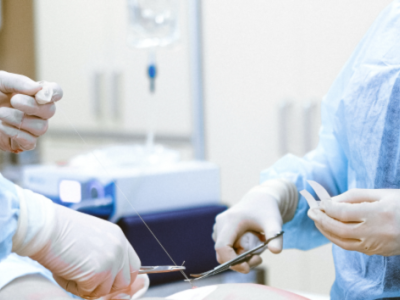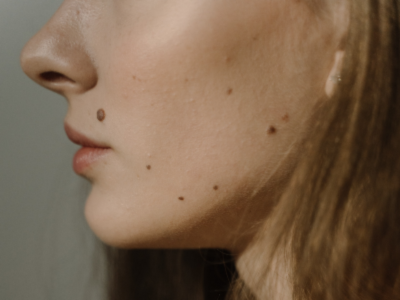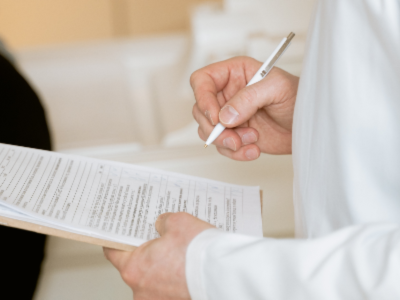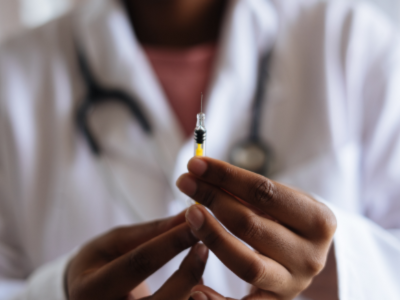Blepharoplasty in Southend-on-Sea & Rayleigh, Essex at JR Medical
Blepharoplasty pronounced as BLEF-uh-roe-plas-tee, is a surgical procedure aimed at removing surplus skin from the eyelids. With the progression of age, the eyelids tend to stretch, and the supporting muscles weaken. Consequently, excessive skin and fat can accumulate both above and below the eyelids, leading to sagging eyebrows, drooping upper lids, and the formation of under-eye bags.
Apart from the natural ageing process, severe sagging of the skin around the eyes can impair peripheral vision, particularly the upper and outer regions of the visual field. Blepharoplasty can effectively address or eliminate these vision-related issues. Additionally, this surgical intervention can restore a more youthful and alert appearance to the eyes.
Drooping or baggy upper eyelids Excess skin on the upper eyelids causing partial obstruction of peripheral vision Surplus skin beneath the lower eyelids Formation of under-eye bags Blepharoplasty can also be performed concurrently with other procedures like a brow lift, facelift, or skin resurfacing.
Before you decide about any surgical procedure, you need to schedule an appointment not only to discuss the outcome but also to question the potential risks. Like any other surgical procedure, blepharoplasty carries inherent risks, including adverse reactions to anaesthesia (which would be minimal if performed under local anaesthesia and you had dental procedures with injection in the past) and the possibility of blood clot formation. In addition to these general risks, rare complications specific to eyelid surgery encompass: Infections and excessive bleeding, dryness and irritation of the eyes, challenges in eyelid closure or other eyelid-related issues, noticeable scarring Injury to the eye muscles, alterations in skin pigmentation, transiently blurred vision or, in rare cases, partial loss of eyesight and potential need for follow-up surgeries.
Preparation Guidelines Before scheduling a blepharoplasty
You will engage with a healthcare provider. These providers might include a plastic surgeon, an ophthalmologist (eye specialist), or an oculoplastic surgeon specializing in eye-related plastic surgery. The consultation will encompass:
Review of your medical history, encompassing prior surgeries, existing or historical conditions (such as dry eyes, glaucoma, allergies, circulatory problems, thyroid disorders, and diabetes), and usage of medications, vitamins, herbal supplements, alcohol, tobacco, and illicit drugs. Discussion of your objectives, which will play a role in predicting the potential success of the procedure for your case. Prior to the eyelid surgery, you'll likely undergo a physical examination, which MAY involve:
A comprehensive eye assessment, including tests to evaluate tear production and measurements of eyelid dimensions. Visual field testing to identify any blind spots in the peripheral vision. Eyelid photography from various angles to facilitate surgical planning and document any medically justified reasons for the procedure. Additionally, your surgeon may request the following actions
Discontinuing medications like warfarin, aspirin, ibuprofen, naproxen and other similar drugs or herbal supplements could heighten bleeding risk. Please consult your healthcare provider regarding the timeframe for discontinuation before surgery and adhere to recommendations. Limit drug usage to those approved by your surgeon. Make sure off ceasing smoking several weeks prior to surgery, as smoking can hinder the post-surgery healing process. Arranging for transportation to and from the surgery venue is crucial. It's also advisable to have someone accompany you for the first night after your return home post-surgery.
Anticipated Procedure Overview
The procedure is typically conducted on an outpatient basis so blepharoplasty entails the following steps:
Anaesthesia administration, which involves few injections to numb the eyelids and/or intravenous drugs to induce relaxation. During the procedure, for upper eyelids, an incision is made along the eyelid's natural fold. The surgeon removes excess skin, muscle, and potentially fat, subsequently closing the incision. On the lower eyelid, the surgeon creates an incision just beneath the lash line within the eye's natural crease or within the lower lid itself. Excess fat, muscle, and sagging skin are then removed or repositioned, followed by the closure of the incision. In instances where the upper eyelid droops close to the pupil, the surgeon might combine blepharoplasty with a procedure known as ptosis (TOE-sis). Ptosis aims to lift the eyelid while also addressing excess eyelid skin.
Post-Procedural Phase Following the surgery: You will spend time in a recovery area where healthcare staff will monitor you for potential complications. Depending on your condition, you will be allowed sooner or later to return home on the same day to continue your healing process.
In the initial post-operative period, you may experience:
- Blurred vision due to the application of lubricating ointment to the eyes
- Watery eyes
- Sensitivity to light
- Double vision
- Swollen, numb eyelids
- Bruising and swelling, akin to that of black eyes,
- Pain or discomfort.
To support your recovery, adhere to the following measures unless your surgeon provides different instructions:
Do's:
Apply ice packs to your eyes for 10 minutes every hour on the night following surgery. On the subsequent day, use ice packs around 4 to 5 times during the day. Utilize prescribed eye drops or ointments as advised. Sleep with your head elevated higher than your chest for a few days. Use cool compresses to reduce swelling. Shield the skin of your eyelids from the sun and wind by wearing dark sunglasses. If necessary, manage pain using acetaminophen or other appropriate painkillers recommended by your surgeon.
Don'ts:
Avoid strenuous activities for about a week—refrain from heavy lifting, swimming, jogging, or aerobics. Refrain from smoking. Do not rub your eyes. Abstain from wearing contact lenses for approximately two weeks or more whilst healing. Avoid drugs like aspirin, ibuprofen, naproxen sodium and similar substances that might intensify bleeding risk. As per instructions, return to your healthcare provider's appointment at JR Medical to have stitches removed where deemed necessary.
In the event that you experience any of the following symptoms, seek immediate medical attention:
- Breathing difficulties
- Chest pain
- Irregular heart rate
- Intense new-onset eye pain
- Excessive bleeding
- Vision abnormalities.
Outcomes and Conclusion
Numerous individuals who undergo blepharoplasty report increased self-confidence and a perception of looking more youthful and revitalized. While some individuals may enjoy results that endure over a lifetime, others might experience a recurrence of drooping eyelids.
The gradual reduction of bruising and swelling usually occurs within 10 to 14 days. The scars resulting from surgical incisions may take several months to fade. It's crucial to safeguard the delicate skin of your eyelids from sun exposure to ensure optimal healing.
Call JR Medical now on 01702 314497
All of our services cover the whole of Southend-on-Sea including Westcliff-on-sea, Leigh-on-Sea, Rochford, Hadleigh, and Benfleet. We also cover a wider area of Essex, including Rayleigh, Basildon, Grays, and Thurrock.

